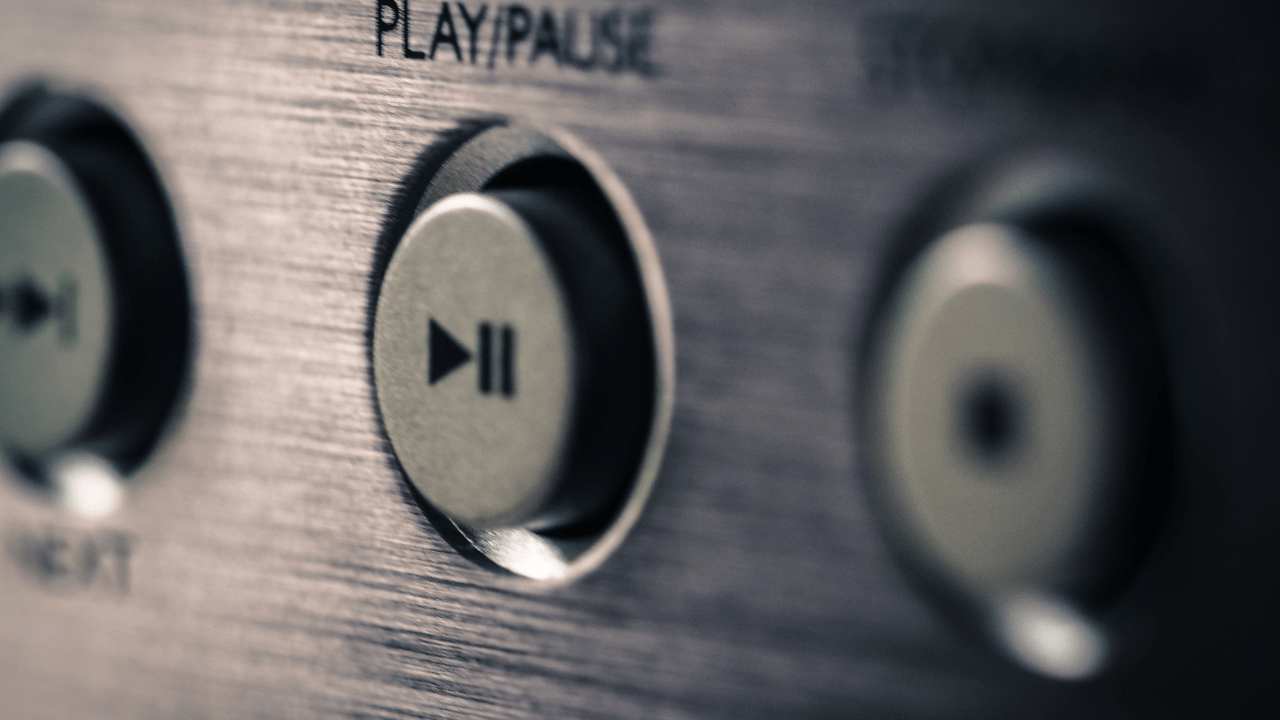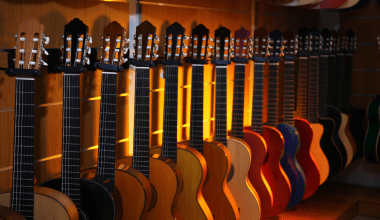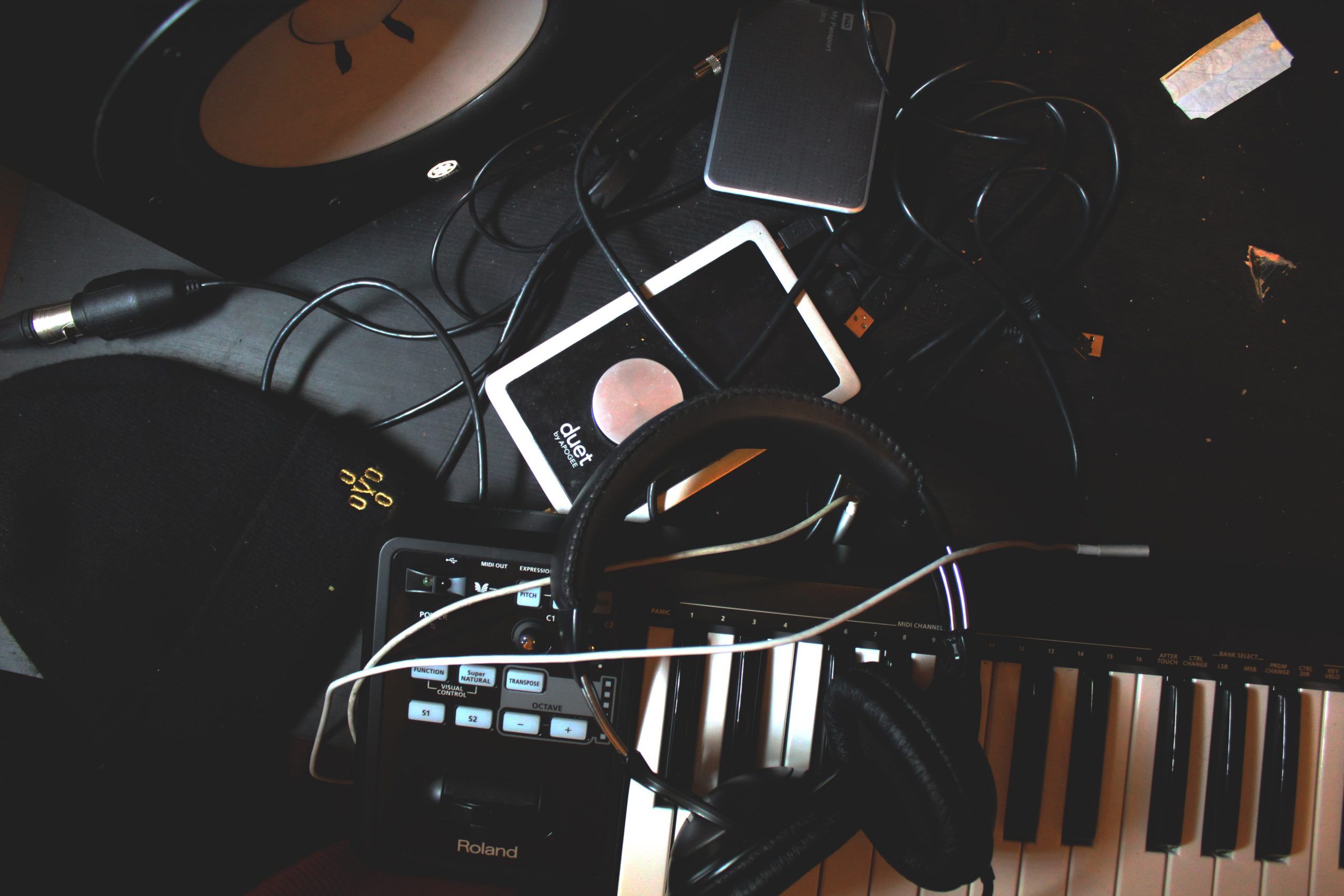Beat making has revolutionized the way music is created, making it accessible to anyone with a passion for sound. With the rise of beat making software, producers of all skill levels can craft professional-quality beats from the comfort of their homes. Whether you’re creating hip-hop, EDM, or lo-fi tracks, the right software can transform your ideas into reality.
This comprehensive guide explores the best beat making software available today, their features, and how to choose the perfect one for your needs. By the end, you’ll have the tools and knowledge to start producing incredible beats.
What Is Beat Making Software?
Beat making software, often referred to as a Digital Audio Workstation (DAW), is a program designed for creating, recording, and editing music. It provides tools for sequencing drums, arranging melodies, mixing tracks, and applying effects, all in one platform.
Key Features of Beat Making Software:
- Drum Machines: Built-in tools for creating drum patterns.
- Virtual Instruments: Synthesizers, samplers, and other sound generators.
- Audio Effects: Reverb, delay, compression, and more to enhance sound.
- Sequencers: Arrange beats and melodies in a timeline.
- Mixing Tools: Balance volumes, pan sounds, and fine-tune frequencies.
Why Use Beat Making Software?
1. Accessibility
You don’t need expensive equipment to start making beats. A laptop and software are enough.
2. Creative Freedom
Experiment with sounds, genres, and techniques without limits.
3. Cost-Effective
Many beat making programs offer free versions or affordable subscriptions.
4. Professional Quality
With practice, you can produce beats that rival industry standards.
Best Beat Making Software for Beginners
If you’re new to music production, start with beginner-friendly software that’s easy to learn:
1. GarageBand (Mac Only)
- Free for macOS users.
- Intuitive interface with preloaded loops and instruments.
- Great for creating simple beats quickly.
2. FL Studio
- Beginner-friendly with a drag-and-drop interface.
- Features a powerful step sequencer for drum patterns.
- Offers a variety of pricing tiers, including a free trial.
3. Tracktion T7
- Free software with essential beat-making tools.
- Supports unlimited tracks for mixing and layering.
- Ideal for those who want to explore professional production features.
4. BandLab Cakewalk (Windows Only)
- A free, professional-grade DAW.
- Includes instruments, effects, and unlimited track capabilities.
- Perfect for beginners on a budget.
Advanced Beat Making Software for Professionals
For experienced producers, these tools offer advanced features:
1. Ableton Live
- Known for its live performance capabilities.
- Includes an extensive library of instruments and effects.
- Ideal for electronic and experimental music production.
2. Logic Pro X (Mac Only)
- Comprehensive tools for mixing, mastering, and beat-making.
- Includes advanced features like Flex Time and Smart Tempo.
- A favorite among professional producers.
3. Cubase
- Offers a sophisticated mixing console and high-quality instruments.
- Suitable for genres requiring intricate arrangements.
4. Pro Tools
- Industry-standard for audio production.
- Advanced audio editing and mixing features.
- Best for large-scale projects or studio use.
Features to Look for in Beat Making Software
Choosing the right software depends on your goals and preferences. Consider these features:
1. Ease of Use
- Opt for intuitive software if you’re a beginner.
- Check for tutorials and user guides.
2. Library of Sounds
- Ensure the software includes a variety of samples, loops, and instruments.
3. Compatibility
- Verify if the software works on your operating system.
- Check for compatibility with MIDI controllers and other hardware.
4. Scalability
- Look for programs that grow with your skills, offering advanced features as you progress.
Free vs. Paid Beat Making Software
Free Software:
- Perfect for beginners or those on a tight budget.
- Examples: GarageBand, BandLab Cakewalk, Tracktion T7.
Paid Software:
- Offers advanced features, higher-quality plugins, and better support.
- Examples: FL Studio, Ableton Live, Logic Pro X.
How to Get Started with Beat Making
- Choose Your Software
Select a program based on your skill level and budget. - Learn the Basics
Start with tutorials or online courses to understand the interface and tools. - Experiment with Sounds
Explore drum patterns, synths, and samples to find your style. - Create a Workflow
Organize your sessions and set aside dedicated time for practice. - Share Your Work
Upload your beats to platforms like SoundCloud or Beatport to gain feedback.
Tips for Making Better Beats
- Start Simple
Focus on creating a solid rhythm before adding layers. - Use Reference Tracks
Compare your beats with professional tracks to identify areas for improvement. - Master the Basics of Mixing
Learn to balance volume levels and apply EQ for cleaner sounds. - Experiment with Effects
Add reverb, delay, or distortion to make your beats stand out. - Practice Regularly
Consistency is key to mastering beat-making.
Popular Genres for Beat Making
- Hip-Hop
- Focuses on punchy drums and catchy melodies.
- Electronic Dance Music (EDM)
- Uses energetic rhythms and powerful basslines.
- Trap
- Features heavy bass and intricate hi-hat patterns.
- Lo-fi
- Relaxed beats with nostalgic vibes.
Challenges in Beat Making
- Finding Your Style
Experiment with genres and techniques to develop a unique sound. - Overcoming Creative Blocks
Take breaks or collaborate with others to stay inspired. - Technical Learning Curve
Dedicate time to mastering software tools and features.
Conclusion
Beat making software has democratized music production, allowing anyone with a computer to create professional-quality tracks. Whether you’re a beginner using GarageBand or a seasoned producer on Ableton Live, the possibilities are endless.
Related Articles:
For further reading, explore these related articles:
- Music Creation Software | Best Tools for Producing Music
- Know the 10 Free Music Composition Software for Musicians
For additional resources on music marketing and distribution, visit Deliver My Tune.






